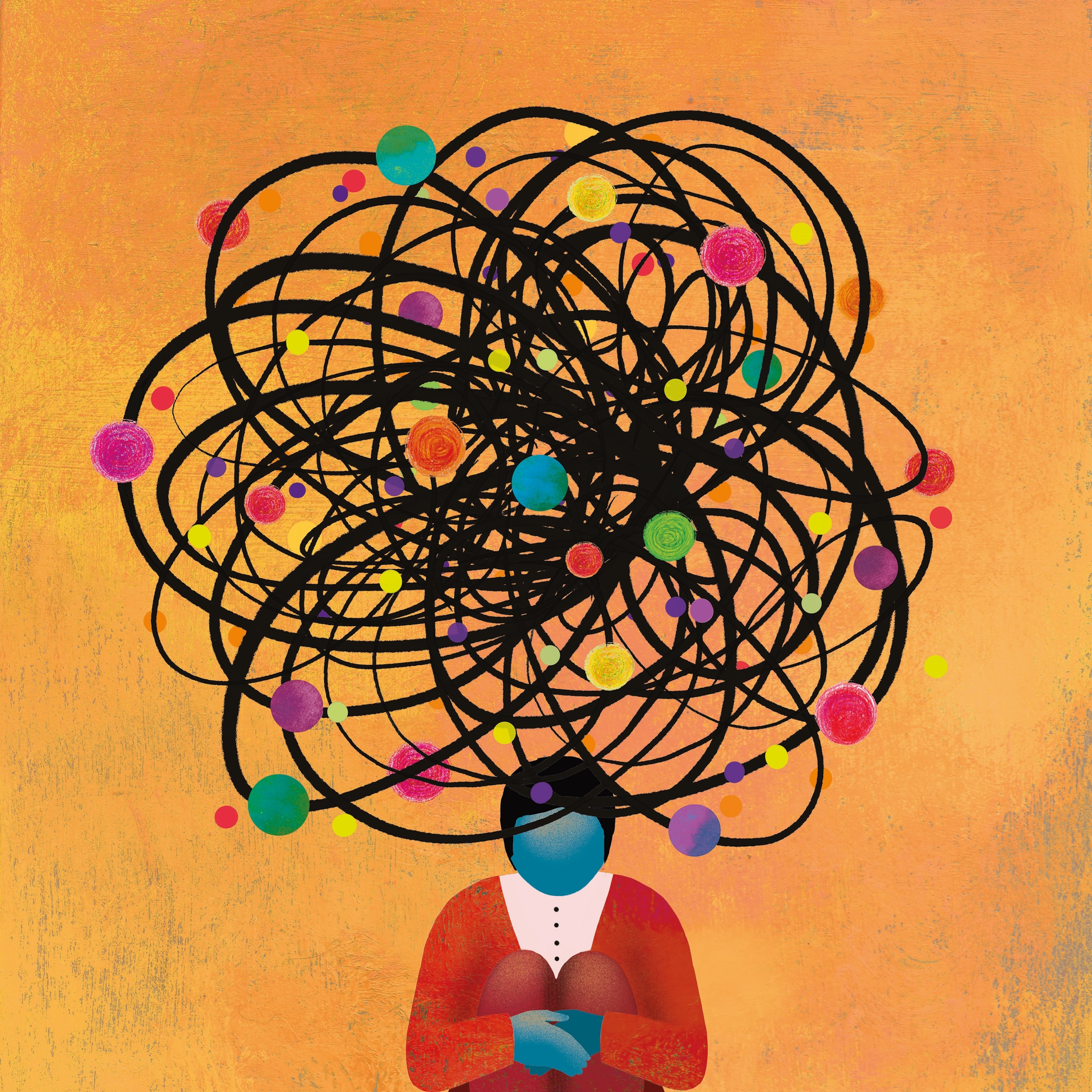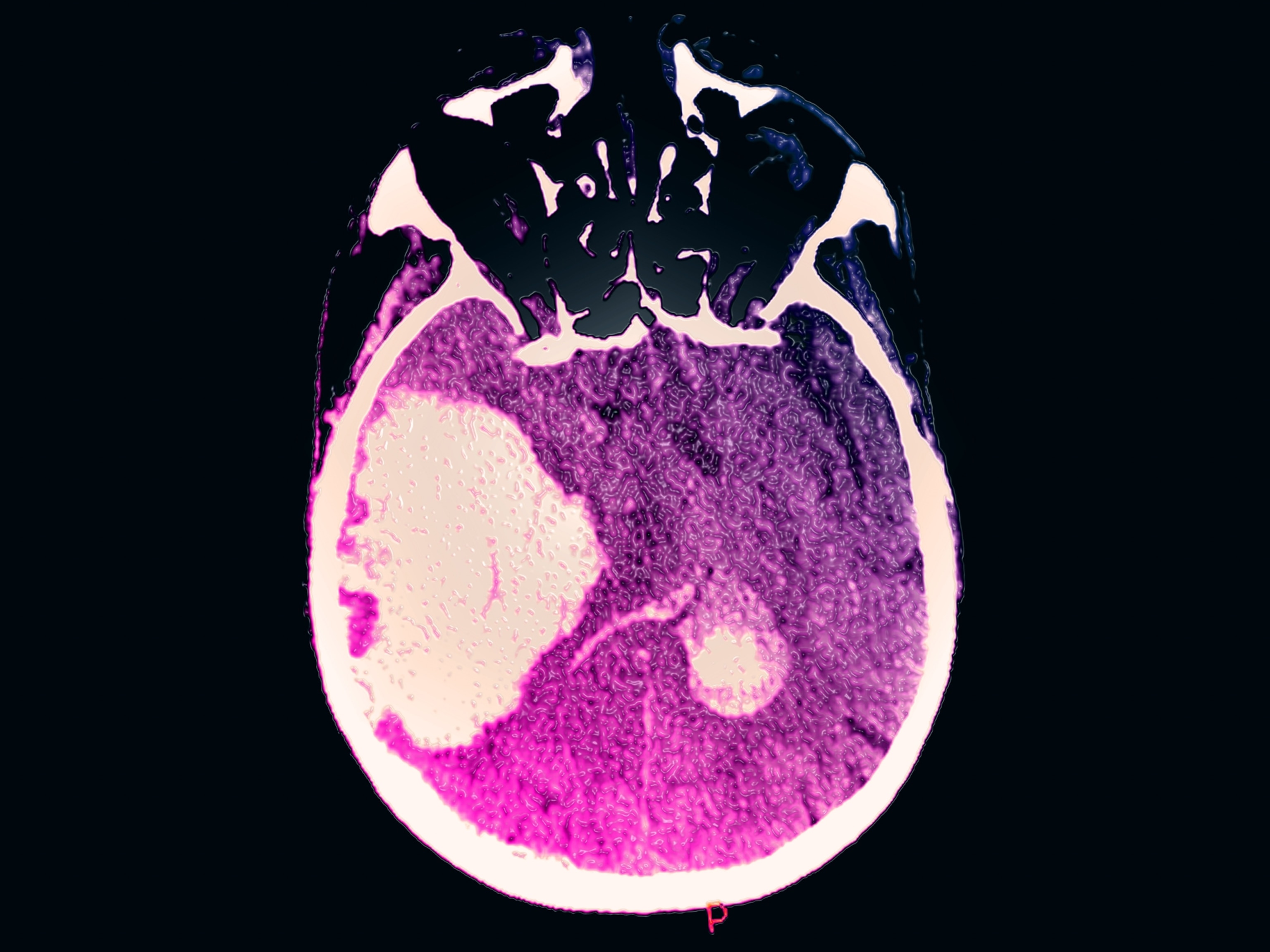
Powerful tools help scientists find a virus’s weak spot
Advances in imaging that can map a virus's atomic structure offer new hope in treating some of the trickiest diseases, such as the deadly Crimean-Congo hemorrhagic fever.
Before the COVID-19 pandemic gripped the world, a deadly virus was already spreading across Asia, the Middle East, and parts of Europe. Known as a nairovirus, the microbial threat causes Crimean-Congo hemorrhagic fever, a disease marked by fever, muscle aches, nausea, and bleeding under the skin. The virus kills as many as 40 percent of the people it infects.
Outbreaks are sporadic, and case numbers vary by region, but data suggest they are steadily increasing. In Afghanistan, there were just four confirmed cases in 2007; by 2018, the country reported 483 cases. And while the World Health Organization in 2018 identified Crimean-Congo hemorrhagic fever as one of its top priorities for research and development, there is still no therapeutic to fight it.
Now, consortium of researchers studying the virus’s microscopic structure is offering hope that therapeutics—and possibly a vaccine—could be on the horizon.
The science of understanding what an infectious agent looks like at the atomic scale is called structural virology. It’s a field that has grown exponentially in recent decades, leading to a rise in vaccines that are designed based on the structure of the pathogen they are trying to thwart. Structural virology delivered the mRNA vaccines approved to fight against COVID-19. And it may even lead to the first-ever successful HIV vaccine, which has eluded scientists for decades.
“Structural virology is a major tool” to help scientists understand how to elicit the strongest antibody response to a pathogen and create the very best vaccines, says Jason McLellan of the University of Texas at Austin. His laboratory solved the structure of the SARS-CoV-2 spike protein, which is critical for infecting human cells and is the basis for the two mRNA vaccines.
“It’s not going to lead to every vaccine,” he adds. “But do I think it’s going to be used in the development of many, if not most, of them going forward? Yes, definitely.”
Structural virology, explained
Structural virology strives to understand the basic mechanisms of how a virus infects and invades cells. To do that, “we need to know how the virus is built,” says Madhumati Sevvana, a structural virologist at Purdue University.
Sevvana likens structural virology to car mechanics: To work on a vehicle, she says, you have to understand each part of the machine and how they interact with one another. “That’s what we are trying to understand by solving the structure of the virus and its components,” she says. Researchers can then piece together how a virus’s proteins enter human cells and replicate, causing infection.
Vaccines developed using structural virology—called structure-based vaccines—use the most infectious part of the virus to help the body produce the strongest antibody response. Structural virology helped reveal that the spike proteins on coronaviruses—including MERS, SARS, and SARS-CoV-2—were key for entering human cells. By solving its structure, researchers could modify the protein in a way that made the resulting mRNA vaccines highly effective.
Researchers use a variety of tools to take close-ups of viruses and proteins, but two are especially important: x-ray crystallography and cryo-electron microscopy, or cryo-EM. Recent improvements to these technologies have allowed for an explosion in structure-based vaccine design, so much so that “I think we will see many more vaccines being developed using this technology,” says Sevvana.
X-ray crystallography works by first crystalizing proteins, by immersing proteins in a solution until they crystalize, like rock candy. Then scientists place the crystals in the path of an x-ray beam. When light waves in the beam hit the crystal, they bend and scatter into a specific pattern based on the protein’s atomic arrangement, yielding something that looks like a collection of black spots on a white background, McLellan says. In modern labs, computers use these spots as a guide to the crystal’s structure and generate a three-dimensional image.
But not all viruses and proteins crystalize well, and that’s where cryo-EM comes in. This technique allows scientists to capture images by freezing proteins in a thin layer of ice, then hitting them with a beam of electrons that generates a two-dimensional image. Hundreds of thousands of these projections are taken from various angles, and software combines them to build a three-dimensional model.
For many years, cryo-EM could not produce atomic-level resolution, says Andrew Ward, a structural biologist at the Scripps Research Institute. But a new generation of cameras that came out in 2010 revolutionized the field because they allowed for better resolution and the ability to rapidly take multiple photos—much like today’s iPhone cameras.
Since then, x-ray crystallography and cryo-EM have been used to solve the structures of important proteins in viruses such as HIV, Zika, Ebola, influenza—and now the nairovirus that causes Crimean-Congo hemorrhagic fever.
The case of the transforming protein
Like SARS-CoV-2, which infects humans through its shape-shifting spike protein, Crimean-Congo hemorrhagic fever has a molecule that changes its structure before it infects human cells. Called a surface glycoprotein, this molecule’s structure morphs from a rod-like configuration into a triangular shape to initiate an infection.
Scientists believe that a successful vaccine would target the protein’s initial rod-like shape, stopping the virus before it morphs into its most infectious state. But to target something with the necessary level of precision, you first need to know exactly what it looks like at the atomic scale.
McLellan’s laboratory is part of the research consortium Prometheus, which is made up of seven agencies around the world. His team started by isolating proteins from the antibodies of patients who had recovered from Crimean-Congo hemorrhagic fever. Then they used x-ray crystallography to determine the proteins’ pre-infectious shape, reconstructing that first 3D atomic-scale map of the protein.
At the same time, a team from the laboratory of Félix Rey at the Pasteur Institute in Paris, France, determined the protein’s infectious shape, forming a complete before-and-after picture of the target protein.
“Any time you see a structure for the first time, it’s a pretty incredible feeling,” McLellan says. “You’re the first person in the history of the world to see what this protein really looks like.”
Determining the protein’s “before and after” shapes allowed the researchers to locate when and where antibodies bind to the virus and discover how, exactly, they are so effective: One antibody stops the protein from morphing, while the other prevents it from penetrating a human cell. This greater understanding will help researchers build better therapeutics and vaccines, McLellan says.
The future of structure-based vaccines
While structural virology and structure-based vaccine design offer hope for some of the trickiest viruses, they aren’t appropriate for all pathogens. For one thing, structural virology focuses on the body’s antibody response, but some viruses and parasites are more affected by T-cells, another key player in the immune system, Sevvana says.
For other viruses, says McLellan, it can be difficult to find potent antibodies in human survivors because the viruses are sudden and acute, and there may not be enough survivors from which to draw blood.
That’s one reason McLellan advocates for prototype pathogen preparedness—or preparing for future pathogens, even undiscovered ones.
“When a new pathogen breaks out, there isn't really the time, at least initially, to go through all of these steps” needed to create a therapeutic using structural virology. Instead, he says, researchers can start by targeting a family of viruses.
“We may not know what specific hantavirus might cause an epidemic in the future, but we can assume that many or most of the hantaviruses will be similar,” he says. “And so, if we do structure-based vaccine design for one or two prototypical members, then when the new one emerges, we’ll be able to translate all of that knowledge.”








